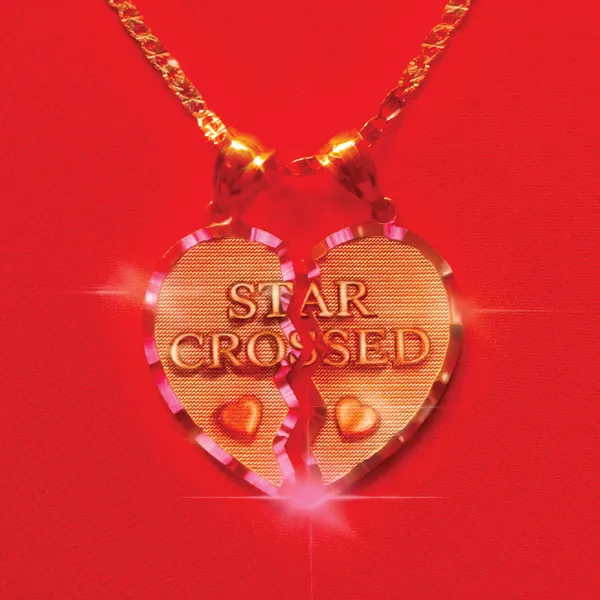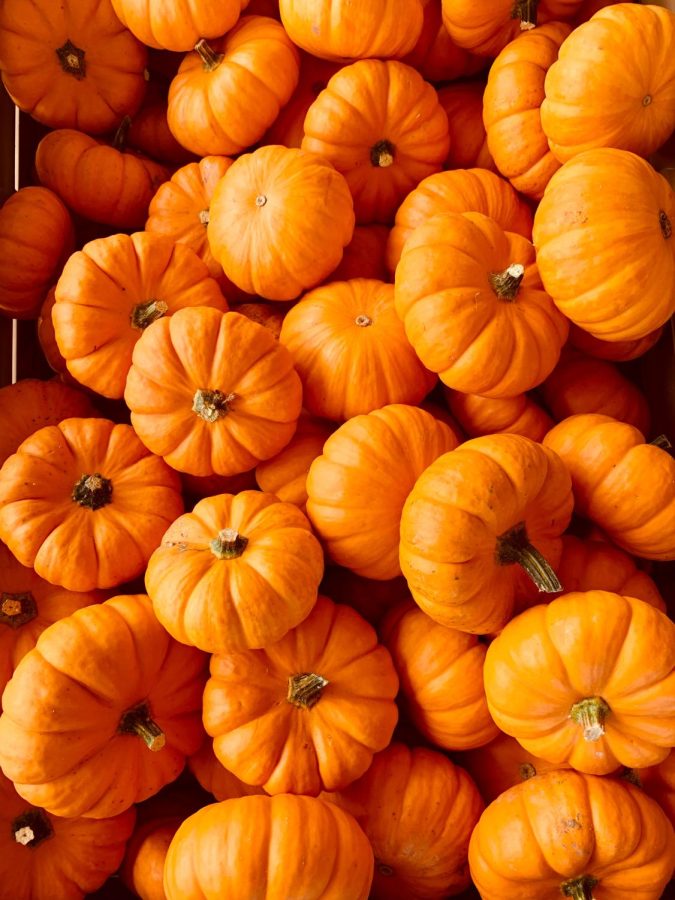
Unless you have been living under a rock all summer, chances are, you’ve seen groups of girls in all pink running toward the movie theater, or droves of friendship bracelet-laden women holding up your commute out of the city on a weekend in early June. Wherever you look, it is hard to ignore; women are everywhere, brighter and louder than ever, forming their own cultural zeitgeist and cementing their place in competitive fields like never before, while healing, bonding, and supporting each other over shared experiences.
For decades, feminist movements such as #MeToo have worked tirelessly to get women on the same playing field as men in the economy, and though progress had been made, headlines still remained glaringly male-dominated. Then enter two highly anticipated world tours by two of the most successful phenomena of the music industry and a high-budget, highly anticipated, female-directed movie about a famous doll adored by women of all kinds, both with an emphasis on the feminine experience, and the struggling global economy of a post-Covid world is lifted up on the very strong shoulders of sisterhood.
Greta Gerwig’s Barbie has grossed a staggering 1.8 billion in the worldwide box office and counting, making it not only the highest grossing film directed by a woman but the biggest opening of 2023 and Warner Bros. highest grossing film ever, and this is not slowing down now that the movie is released on streaming platforms. Swift’s Eras Tour is projected to make 1.3 billion dollars, and Beyonce’s Renaissance Tour is well on its way to $500 million.
Wall Street Journal reporters Sarah Krouse and Anne Steele attribute part of this high economic activity to what they call “the women’s multiplier effect.” This speaks to women’s desire to attend these events in large groups, and make it into a detailed, unforgettable experience by buying outfits, friendship bracelets, dolls and more with their tickets. 38% of Barbie moviegoers went in a group of three or more, compared to the typical 25% for other movies, and almost half (46%) of viewers are infrequent moviegoers–those who see 1-2 theater movies a year–signifying the specialness of the Barbie film. This multiplier effect can explain why Sweden blames Beyonce for raising inflation in Stockholm, and the Federal Reserve Bank of Philadelphia touts Taylor Swift as the reason for a boost in their economy. When fans go to concert stadiums, they also take their business to the entire city, booking hotel rooms and visiting restaurants, museums and shops, many of which boasted specialty items for the concertgoers. Eras is estimated to bring in $5 billion in total to the cities it visits, making $320 million for LA alone after its six nights at SoFi Stadium.
These amazing feats by prominent women truly did save the world from an impending recession, and being at the forefront of the global economic stage is empowering for women everywhere. Krisitna Chiapetta, executive strategy director at Landor & Fitch, brings up the important point that women historically control 80% of consumer spending; as she says, “I think what we’re seeing right now is that women are not to be underestimated. They lift up economies and that impact is not to be overlooked. But brands haven’t been talking to them in their language for a really long time.” So, why? Why is it that Barbie, Eras and Renaissance spoke our language?
Let’s begin with the environment created in all of those spaces. All three are safe havens for femininity, which women lack, and oh so crave. Many girls across social media have stated they felt a profound sense of safety when attending these events. They are also places where you will be treated warmly by every stranger you encounter, whether it’s a, “I love your outfit! You look so pretty, do you want to trade friendship bracelets?” or a “Hi Barbie!” greeting as you pass each other leaving the theater. One feels so connected to other women, like we are all sisters. Barbie as a film was lauded for showcasing sexism in the most relatable and realistic way many had ever seen, proving that it was written by someone who truly understands what it is like, and tackled Barbie’s struggle to find herself and the meaning of life within the constructs of societal expectation. Taylor Swift lyrics, though universal, are famously written with Taylor’s raw emotions as she navigates her girlhood and womanhood. Every woman can relate to one another on the universal struggles, emotions, and beauties associated with being a girl, and at both events felt like gathering to all heal and celebrate together. There was not a dry eye in either house.
However, the empowerment went beyond the tear-jerk messages of the events themselves. The entire experience, orchestrated and followed by women across the world thanks to communication over social media, allowed us to reclaim the joys of our girlhood while remaining powerful. It is all too common for girls to feel forced to grow up too fast, and to blend in. As America Ferera, actress of the character Gloria in Barbie says, “Growing up is about leaving behind childish things, particularly for women. Men get to have their man caves and play their video games forever. And women, it’s like, ‘Toys away, do the chores, grow up….it’s, in a way, counterculture — that we can be a lot of things at once, that we can be joyful and playful and imaginative and childlike, and be a grown woman professional taken seriously.” But this summer, girls were being expressive and unafraid to stick out, wearing glitters and sparkle, the parts of our girlhood we hide away too quickly. Every girl was encouraged to be unapologetically giddy and let out their true selves. “Boys used to make fun of girls for liking Taylor Swift all the time, because she was so girly. And so you could never really talk about it. But at the tour, and this year in general, I feel like girls are saying, ‘no, I like her, and I like pink, and it’s not dumb. I’m going to talk about it.’” My cousin, Grace, who attended The Eras Tour with me, noted.
The final component that ensured the success of the ‘Girl Summer” was the accessibility of all three events to multiple generations of women. The first Barbie was released by Mattel on March 9, 1959, before American women could legally own a credit card–that was ratified with the Equal Pay Act in 1963. Barbie has been a friend and role model for girls throughout many phases of our history, and she is remembered lovingly by grandmothers everywhere. She was then passed on to their daughters, and then to us, changing with the times. Every generation of women has their own experiences to bring to the Barbie film. Similarly, since her debut on the country stage in 2006, Taylor Swift has been a popular first concert choice for mothers to take their daughters to, and now, 17 years into her illustrious career, many of those little girls have girls of their own. Beyonce has been around for even longer and has had a direct impact on the recognition of Black culture and hip-hop by the larger music scene. Many older women have been following her since her days as part of Destiny’s Child in the nineties. So these three attractions effectively offer something that bridges generational gaps.
Nowadays, it can seem like we are more different than ever from the generations above or below us. Tensions over our personal lives or cultural and political differences can be deeply frustrating. Generational trauma is a very real thing. Moms may feel alienated by not understanding the trends of today, and as their kids grow older and have their own lives, they have less opportunities to share bonding moments together. But the history behind Barbie, Taylor, and Beyonce means that grandmother, mother, and daughter all have memories associated with them and can share those with each other. These are things that unite us while the world tries to tear us apart; all three celebrate the sacrifices of our mothers and encourage families to attend. My mom said of Barbie, “I just expected it to be for young girls. But it was really heartwarming how important the mom-daughter relationship was in the story. And how we saw a bunch of old ladies there in the theater as well, just as excited as the toddlers.”
The economic and cultural earthquake that was the trio of woman-led phenomena this summer was so groundbreaking that girl summer is now girl fall. Philosophies shared within the sacred walls of these events are now main pillars of how womanhood and girlhood is perceived in the media. “Girl dinner”, a trend that took TikTok by storm in July, showcases and celebrates what has been a traditional staple in women’s meals forever—a plate of assorted and unrelated snacks on a plate that requires no cooking, for when you are exhausted after a week of making family dinner.
It is more commendable than ever to be a “girls’ girl” –a girl that supports and lifts up other girls and tries their best to not let a boy get in the middle of that. In the very messy, public divorce of Joe Jonas and Sophie Turner, the world saw through the slandering PR calling Turner a bad mom, a misogynistic narrative that potentially would have worked even last year, and the media unapologetically took her side. And now, with Taylor Swift allegedly dating the Kansas City Chiefs tight-end Travis Kelce, the NFL is having to make room for a record number of female football fans, breaking a glass ceiling in the notoriously testosterone-heavy environments of football stadiums.
As a girl’s school attendee, I am used to seeing loud celebrations of womanhood in what we learn in our classrooms and the way we talk to and interact with our peers. However, there always seemed to be a separation between Woodlands and being a girl in the outside world. The kinds of discussions we have in class would be shushed in public. But now, thanks to the amazing economic success and adoration of Barbie, Eras, and Renaissance, people are finally understanding our language, and it is showing in the ways we are dominating the economy and shaping our culture. I could not be more grateful for 2023, the year of the girl.














